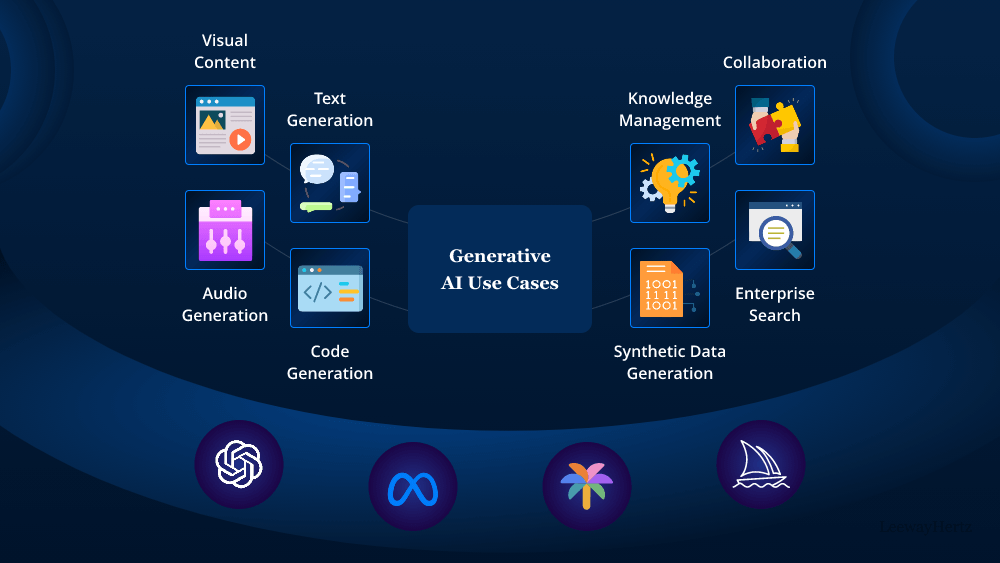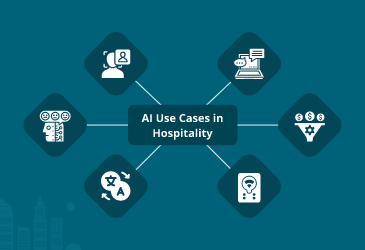Generative AI: Use cases, applications, solutions and implementation
Generative AI demonstrates versatile applications across diverse industries, leveraging its capacity to create novel content, simulate human behavior, and generate innovative outputs based on learned patterns.


Neural networks: Architecture, applications, case studies, development and implementation
Neural networks, referred to as artificial neural networks (ANNs), are computational models that mimic the structure and operations of the human brain.

Prompt engineering: The process, uses, techniques, applications and best practices
Prompt engineering is the practice of designing and refining specific text prompts to guide transformer-based language models, such as Large Language Models (LLMs), in generating desired outputs.

How to streamline document workflow with the power of Intelligent Document Processing?
IDP is an AI-powered document processing technique that not just scans and captures structured, unstructured and semi-structured data, but also understands it deeply.

Decision Transformer Model: Architecture, Use Cases, Applications and Advancements
Decision Transformers stand as a beacon of progress in the reinforcement learning landscape, poised to reshape how intelligent agents are trained and interact with their environments.

Understanding generative AI models: A comprehensive overview
Generative AI is a technology used to generate new and original content. It leverages advanced algorithms and neural networks to autonomously produce outputs that mimic human creativity and decision-making.

What is synthetic data and how to create it?
Synthetic data refers to artificially generated data that replicates the statistical properties and characteristics of real data without containing any identifiable or sensitive information.

Build an LLM-powered application using LangChain: A comprehensive step-by-step guide
LangChain is a framework that provides a set of tools, components, and interfaces for developing LLM-powered applications.

Data Annotation: Types, tools, techniques, and use cases
Data annotation is adding labels or tags to a training dataset to provide context and meaning to the data.

Parameter-efficient Fine-tuning (PEFT): Overview, benefits, techniques and model training
Parameter-efficient Fine-tuning (PEFT) is a technique used in Natural Language Processing (NLP) to improve the performance of pre-trained language models on specific downstream tasks.

AI in hospitality: Use cases, applications, solution and implementation
AI has been making significant advancements in the hospitality industry, reforming various aspects of guest experiences, operational efficiency, and overall management.

AI in manufacturing: Use cases, solution, implementation and applications of AI agents
AI’s capacity to learn from vast datasets can significantly enhance the precision and efficiency of production cycles, diminishing the need for manual intervention in the manufacturing sector.

How to build a private LLM?
Language models are the backbone of natural language processing (NLP) and have changed how we interact with language and technology.



